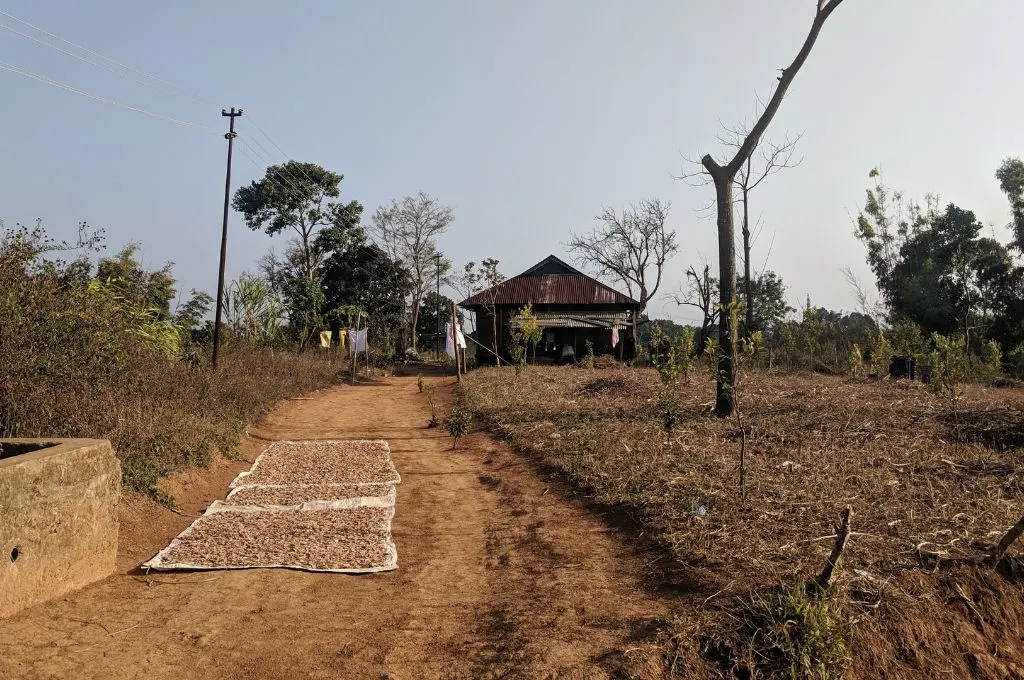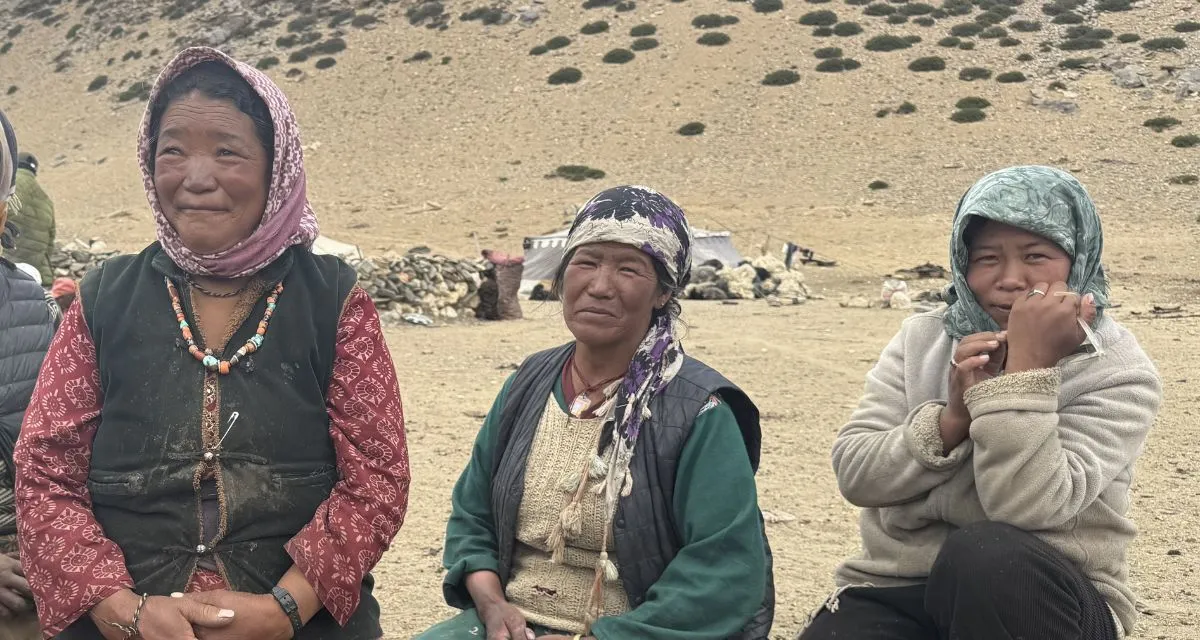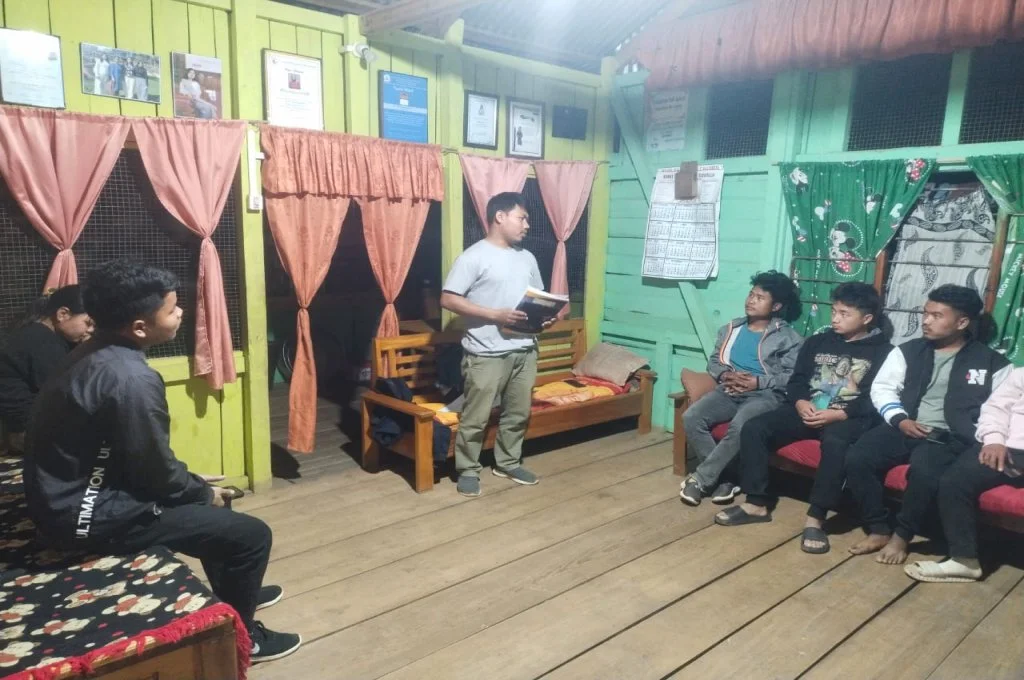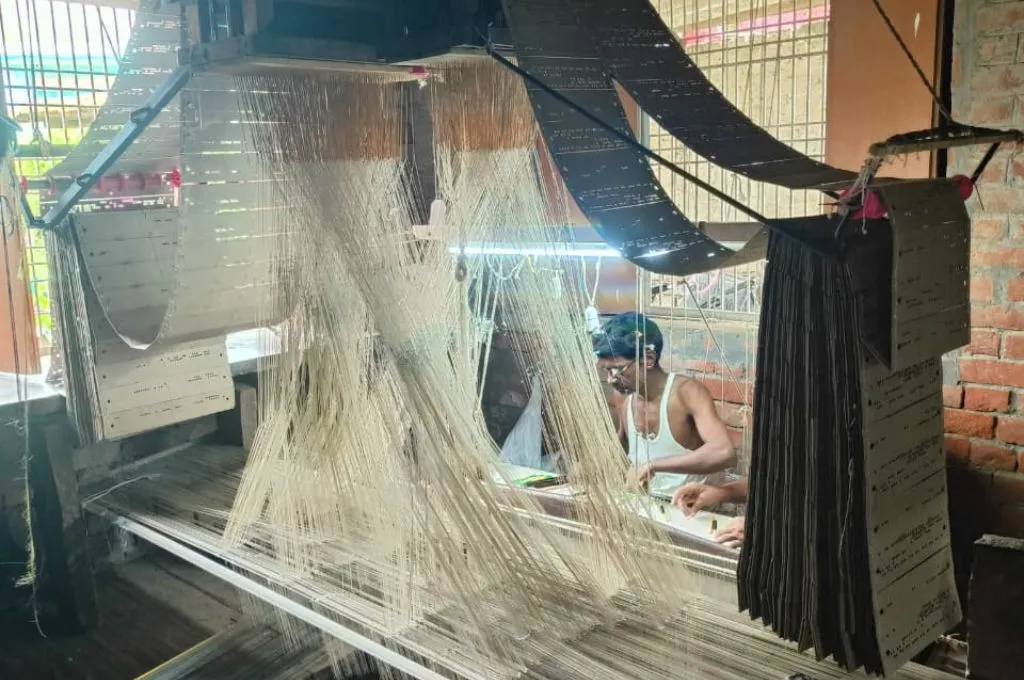What does it take to make a school climate resilient?
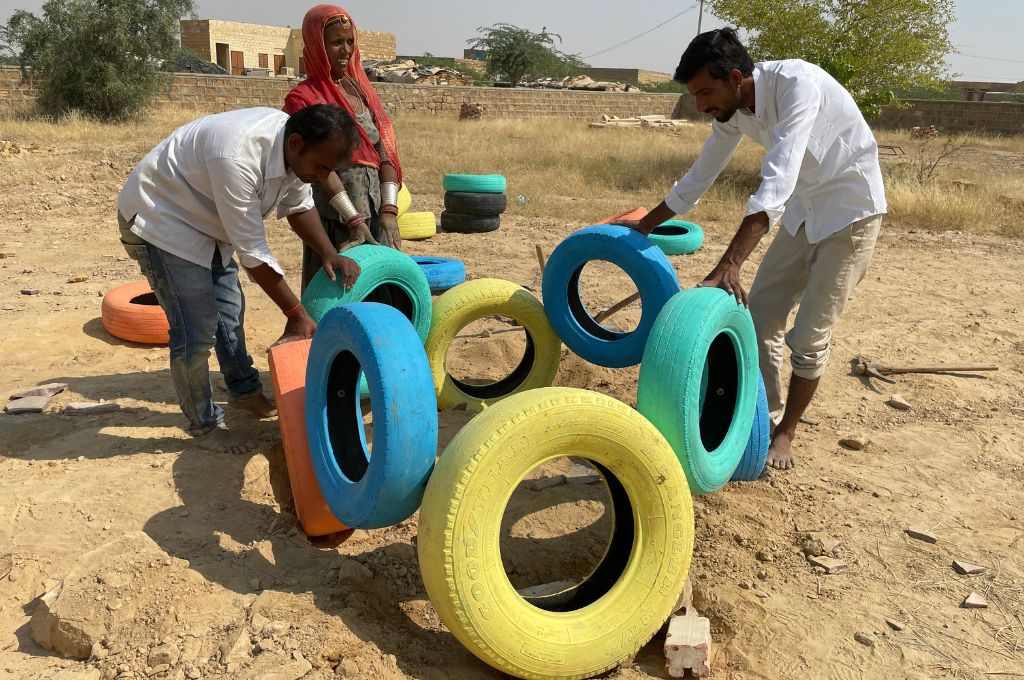
Bhato ki Dhani, a hamlet in Rajasthan’s Jaisalmer district, is prone to extreme heat. The inhabitants of the village originally migrated from Ramgarh district, Jharkhand, and settled here during the construction of the Indira Gandhi Canal in 1997. Upon the canal’s completion, the migrant workers requested the government to provide them with land within the village where they could settle. The residents of Bhato ki Dhani now earn a living by working as daily wage labourers in the area’s stone quarries.
Their work begins at 6 am and goes on until late into the evening. As the villagers prioritise earning their wages, they are unable to engage with their children’s education. The matter was made worse by the fact that the only school in Bhato Ki Dhani lacked adequate infrastructure. While the school had students from classes 1 to 8, it had just three classrooms. Teachers would often combine the classes; the other option was to take classes outside, which was impossible in the summer due to the heat.
In 2021, when I was an SBI Youth Fellow, I worked with the community members to solve this challenge to education. As an architect, my job was to design a climate-resilient school that would cater to the children’s needs and imagination. The community members contributed with ideas and volunteered their labour to build the school for their kids.

The children primarily belonged to the age group of six to 10, and their top priority was having a playground. As most of the locals owned tractors, they donated tyres for the play area. The students helped in painting the tyres and creating a play area.
The classrooms were too hot to sit in for long hours. We decided that a 16 ft by 18 ft room should be constructed at an angle of 40 degrees to the existing rooms. This was done to maximise airflow and decrease sun exposure. Locally available sandstone that keeps the interiors cool was used to build the walls. The locals came up with their own ideas about how to deal with high temperatures. Naresh Suthar, a government official in the area, mentioned that his grandfather would ask their family to sprinkle water on the walls of their cottage to keep it cool in the summertime, and we did the same in the school classrooms. The front windows of the classrooms had vertical grills on which we tied khus (vetiver), which provided passive cooling when dampened. Khus also helped in reducing the amount of sand and dust that entered the classroom during sandstorms.
Drawing on their years of experience working in the quarries, the villagers built a mini-amphitheatre for the kids. All the stones used in its construction were donated by the locals and came from nearby quarries. Since it was built between two classrooms, it is protected from direct sunlight. The amphitheatre is now a multi-purpose space and is used for both teaching and recess.
Namrata Sah is an SBI Youth for India Fellow, a content partner for #groundupstories on IDR.
—

Know more: Read this article to learn about Nagaland’s morung ghar that revived the Ao Naga way of life.
Do more: Connect with the author at sahnamrata@gmail.com to learn more about and support her work.


